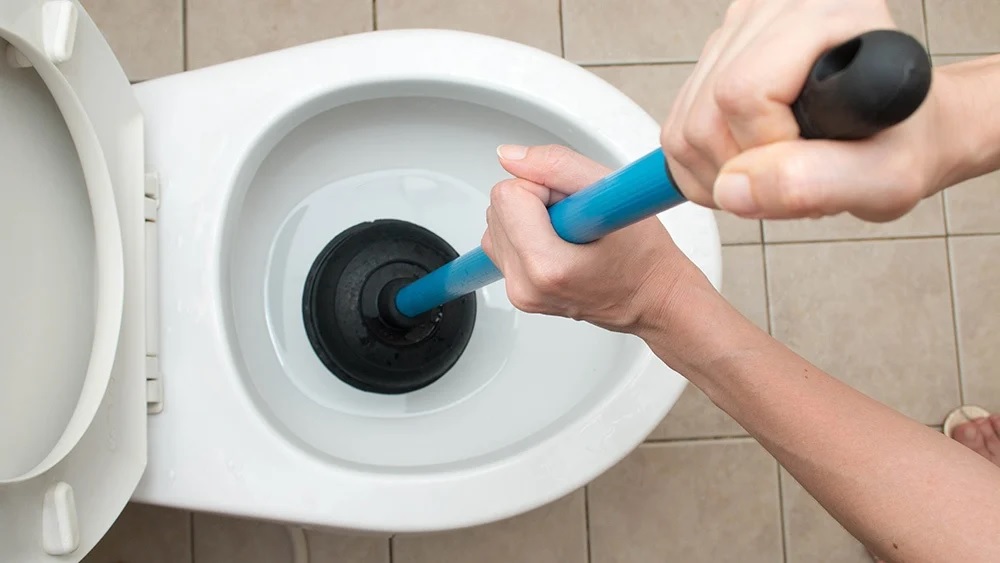Problems with toilets and how to diagnose them

Having toilet problems frustrating and inconvenient. A malfunctioning toilet not only interrupts your daily routine but also leads to unsanitary conditions and higher water bills if not addressed promptly.
Clogged toilet
There are a few usual suspects when it comes to clogged toilets. Check the water level first. If it is, there is likely a blockage. Clogs often occur by excess toilet paper, feminine hygiene products, children’s toys, or other objects flushed away. A quick fix is to use a plunger to dislodge the clog and get things flowing again. For severe or recurring clogs, you may need to try a drain snake to remove built-up debris in the drain pipe.
Running toilet
If you notice your toilet has been constantly running, this usually indicates that the toilet flapper is worn out. The flapper is a rubber seal at the bottom of the toilet tank that lifts when you flush, allowing the water in the tank to enter the bowl. When the flapper is worn out, it no longer creates a tight seal and allows water continuously into the bowl. Listen for running water sounds or check your water bill for unexplained higher usage. You can easily replace a flapper yourself.
Leakage
Leakage coming from the toilet bowl could signify a couple of different issues. A damaged toilet wax ring is a common culprit. The wax ring forms a seal between the toilet and the drainpipe on the floor. If the bolts holding the toilet down have loosened or the flooring has shifted, small leaks form. Replacing the wax ring usually solves this. For larger leaks, a crack in the porcelain toilet base may allow water to leak onto the floor. In that case, you will need to replace the entire toilet.
Weak flush
If your toilet doesn’t fully clear the bowl with one flush, there are a few parts that could require adjustment. Check the chain that connects the flush lever to the flapper. If there is too much slack in the chain, it will restrict the lift on the flapper and limit water flow. Tightening the chain improves your flush power. Fill the tank to the proper water level. The water level in the tank will not be high enough to create a strong siphon when flushing. Adjust the float cup on the fill valve to increase water capacity.
While some common toilet troubles are DIY projects, don’t hesitate to call a professional plumber if you are unsure how to diagnose or repair the issue. Plumbers can identify complex problems in your toilet. Discharge pipes and wax rings are also safe to replace. When dealing with leaks, clogs, and other Vaucluse plumbing emergencies, it’s better to call in a professional to prevent further damage to your home.





